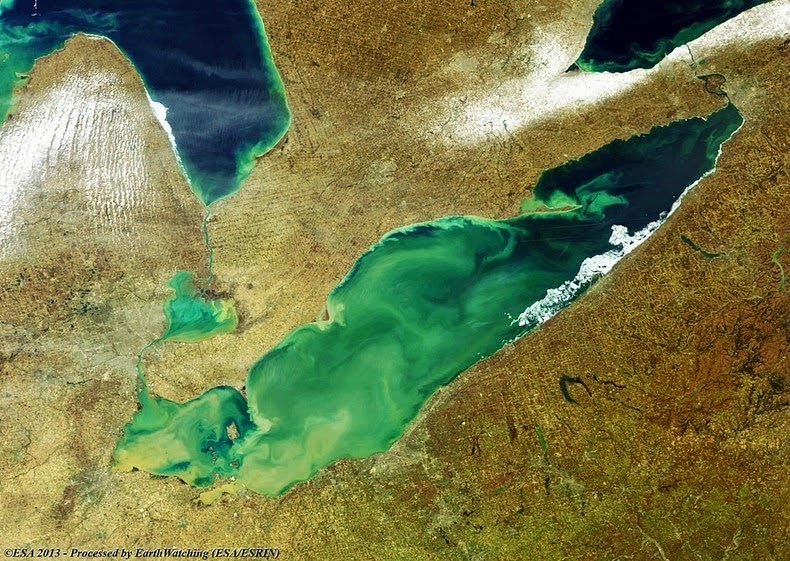Mount Babel is a 10,173 feet (3,101m)
mountain peak in the Ten Peaks in Alberta, Canada. As per Peakery data, it
ranks as the 140th highest mountain in Alberta and the 258th highest mountain
in Canada. The adjacent peaks are Mount Fay, Mount Little, Mount Bowlen, Tower
of Babel, Quadra Mountain, and Bident Mountain. Mt. Babel is one of the most
popular mountains in the Valley of Ten Peaks that beautifully surrounds Moraine
Lake in Banff National Park. The smaller and less known Consolation Lakes lie
just behind Mt Babel.
The stunning lakes can only be
reached by climbing across the rockslides that have tumbled down from towering
Mt Babel. These images shows the gorgeous beauty of autumn colors of the golden
yellow larches on the rocky slopes of Mt Babel and some of them are very big
rocks that lie just at the edge of the first Consolation Lake. The dramatic Mount
Babel rises vertically some 1000 metres above the Consolation Valley, and the
mountain was the scene of one of the most dramatic rescues in the history of
the National Park Warden Service. The rout to Mount Babel is really an
impressive rock route, because it cannot be called a classic (having only been
climbed twice) but it definitely offers a thrilling day's climbing. It could be
an astonishing effort for the time when it was first climbed. The majority of
the route is now free, with a limited points of aid that keep the grade
reasonably sensible.
Therefore the approach trail
(Consolation Lake Trail) to the Tower of Babel is a commonly used trail among
the tourists who are delivered in mass by bus to the Lake Moraine Lodge. The
one of pictures shown below is actually stitched together from 15 separate
images as it is not possible to get this enormous mountain at such close range
into a single shot even with a very wide angle lens. The image is taken by standing
on a small island in the wide outlet channel from the lake. The gorgeous Mt.
Babel can be reached depends upon your fitness level, as you’ve to walked from
one rock to another to cross to the island. For the time being, if you look
closely you may see tiny companion sniffy stuck on top of a sharp and steep
sided boulder middle foreground just at the water's edge. Mount Babel was first
climbed by A Hart, Edward Oliver Wheeler, L. Wilson and H. Worsfold in 1910.
Ten other mountain peaks nearby
to Mount Babel
1. Mount Fay (3234 m) 1.1 km
2. Mount Little (3134 m) 1.8 km
3. Mount Bowlen (3206 m) 1.8
km
4. Tower of Babel (2221 m) 2.1
km
5. Quadra Mountain (3174 m) 2.2
km
6. Mount Perren (3051 m) 3.2
km
7. Mount Allen (Canada) (3310 m) 4.3 km
8. Mount Tuzo (3248 m)
4.5 km
9. Chimney Peak (3002 m) 4.8
km
10. Mt Deltaform (3424 m) 5.4 km







































